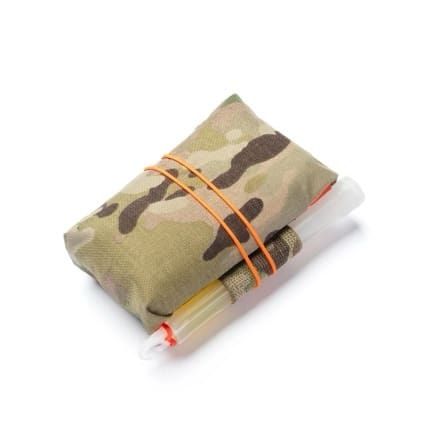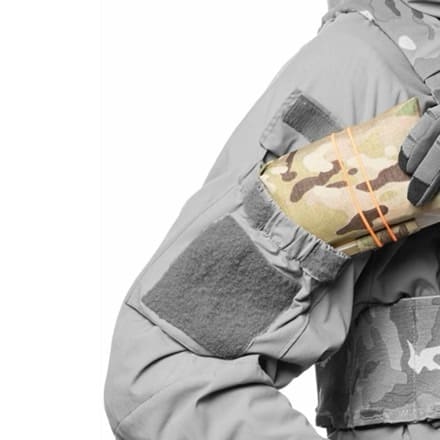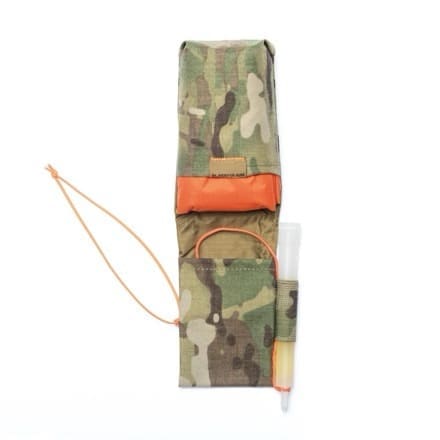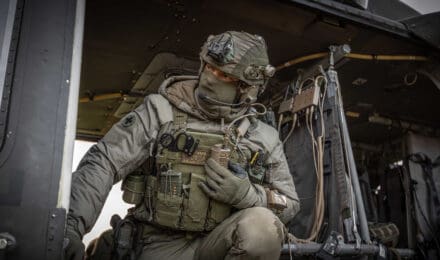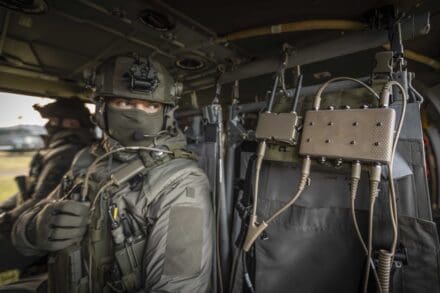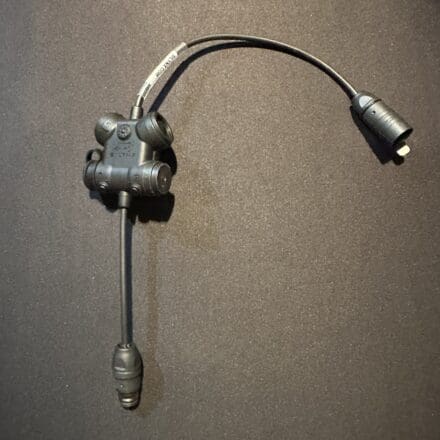Delivering Enhanced Tactical Communications for Connected Operators

Los Angeles, CA (May 6, 2025) – Silvus Technologies, Inc. (“Silvus”), a global leader in advanced wireless networking communications, today announced the launch of its latest innovation – the DualStream PTT Controller – at Special Operations Forces (SOF) Week 2025 in Tampa, FL.
Designed for the connected operator, the DualStream PTT Controller streamlines tactical communications, enhancing situational awareness in the most demanding environments.
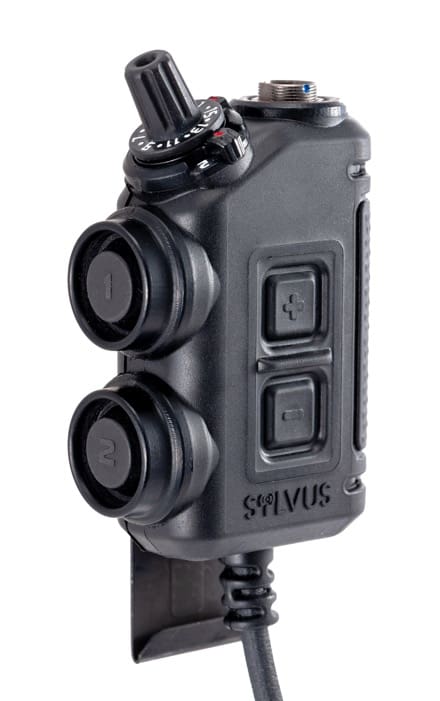
Engineered for mission-critical performance, the DualStream PTT Controller features a glove-friendly 16-position talk group selector and real-time audio prompts that allow for fast, intuitive talk group assignment, even under pressure. Its dedicated volume control, left/right audio channel output, and dual PTT buttons enable operators to rapidly switch between two talk groups—or key both simultaneously.
Natively compatible with 4000 (and the upcoming 5000) Series StreamCaster® MANET radios, the DualStream PTT Controller is compatible with headsets from leading manufacturers including Atlantic Signal, and Ops-Core, with planned support for INVISIO, OTTO, and FalCom.
“The DualStream PTT Controller is purpose-built to give operators a tactical edge in complex, multi-mission environments,” said Neema Daneshvar, Vice President of Product at Silvus Technologies. “With seamless talk group management, dual-channel audio control and a rugged, user-centric form factor, it empowers the warfighter with reliable, real-time communication capabilities when it matters most.”
Built to withstand extreme conditions, the DualStream PTT Controller is IP67 rated, and features waterproof volume buttons housed in a ruggedized form factor for maximum durability in the field. A rotatable MOLLE clip offers flexible mounting options, ensuring quick, easy access for both left- and right-handed operators.
Silvus will showcase the DualStream PTT Controller and the full StreamCaster family of MANET radios at SOF Week (Booth #641), alongside live demonstrations of innovative mesh networking technology that, together are empowering the warfighter to achieve Spectrum Dominance across today’s dynamic battlespace.
· Spectrum Dominance – a software licensable extension to Silvus’ battle-proven MN-MIMO waveform, this expansive suite of Low Probability of Intercept/Low Probability of Detection (LPI/LPD) and Anti-Jamming resiliency capabilities enables secure and protected communications in EW contested environments without sacrificing performance.
· StreamCaster LITE 5200 – designed for today’s leading-edge unmanned systems, the SL5200 unifies C2, sensor and telemetry data with communications relay capabilities in an ultra-low SWaP, easy-to-integrate MANET radio module.
· StreamCaster PRISM – a family of modular Precision Integrated Sectorized MIMO antenna radio systems that provide long-range sectorized coverage across wide areas of operation. Designed for tactical operations, at-the-halt, and fixed infrastructure applications, StreamCaster PRISM’s ruggedized construction and toolless set-up enables it to be rapidly deployed for operational flexibility.
· StreamConnect: Global Ad Hoc Network – an adaptable data transport technology that seamlessly integrates StreamCaster MANET radios with internet connectivity to connect teams operating anywhere around the globe with 5G, Satcom or other internet source, enabling BLOS communications from virtually anywhere on the globe.
To learn more, visit www.silvustechnologies.com. Stay connected with Silvus on LinkedIn.




